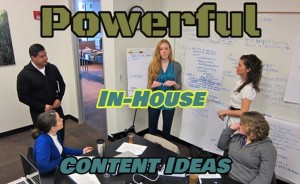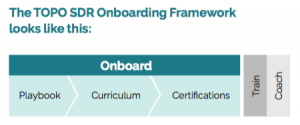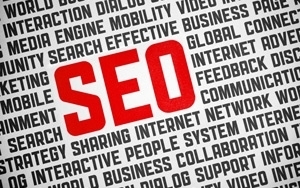The internet is in love with video. First there were blogs, now there are vlogs. Even the Facebook newsfeed algorithm now prefers video. Content and social have fallen hard for it as well.
The course of true love never did run smooth, though. Only 50% of marketers actually incorporate video in their campaigns, despite it being a real boost to ROI.
Why’s this the case? 29% find video difficult to use in email. If you’re unsure how to press play, we’ve got some handy tips to help frame your strategy.

Take one
Are you weeping over your computer screen or frantically reading ‘Coding for Dummies’? Embedding a video doesn’t have to be the bane of your existence (even if you are in that 29%). We’ll let you in on a little secret. We actually recommend not coding video directly into the body of your email since popular clients Gmail, Yahoo and Outlook do not support video. There’s a great workaround though – it looks good, promises to render well and there’s still only one click involved.
Embed either a static image or a GIF with a ‘play’ button superimposed over it. GIFs are a great way to bring your email alive without risking responsive design issues. The GIF is actually the oldest form of animation on the internet, so most clients support these, including desktop (e.g. Apple Mail), webmail (e.g. Gmail), mobile (e.g. iOS Mail). There are some handy tools to convert your videos into email-ready GIFs – a couple of our favorite go-tos include GifSoup and ImgFlip.
When the image/GIF is clicked on, this takes the user to a webpage where the video is hosted. Turn autoplay on so the video automatically runs, so your subscriber still only has to click once – the same as when embedding directly in the email.
Once you’ve captured your user’s attention, make it easy for them to share by hosting on a video-sharing network. The ease of sharing and encouragement (through social proof) means that you’ll have more potential to go viral.
Alternatively, you could link to a dedicated landing page which further engages the subscriber with informative or promotional content.

Take two
Although Gmail, Yahoo and Outlook don’t fully support video, nearly two-thirds of clients do. If it’s right for your strategy to directly embed, then you can make this happen with HTML5.
HTML5 allows you to control characteristics such as video width, by inserting . You can change the poster (the placeholder image displayed before the video’s played). – here, specify the URL of the image file, e.g. “http://www.mydomain.co.uk/poster-image.jpg”.
If the video is not fully supported by a client it’s likely that the first method (a static image linking to another page) will display instead. It’s like the video equivalent of ALT text. That’s why, if you go the coding route, it’s important to keep your fallback image in mind.
If you have some experience with code but need a helping hand, there are some useful online tools to convert your videos to HTML code. One worth checking out is Easy HTML5 Video.

Final take
However you decide to embed a video, it’s a great way of adding some magic to your campaigns. Music and human faces can promote the release of neurotransmitters that are associated with reward, and storytelling activates brain regions used for empathizing. Use these elements to communicate vividly to your subscriber.
Want to strike a chord with your customer and pull on their heartstrings (or purse strings)? It’s time to start using video.
Lights, camera…action!
How have you used video in your campaigns? If you have any tips to share, leave us a comment below!
Digital & Social Articles on Business 2 Community(106)
Report Post









